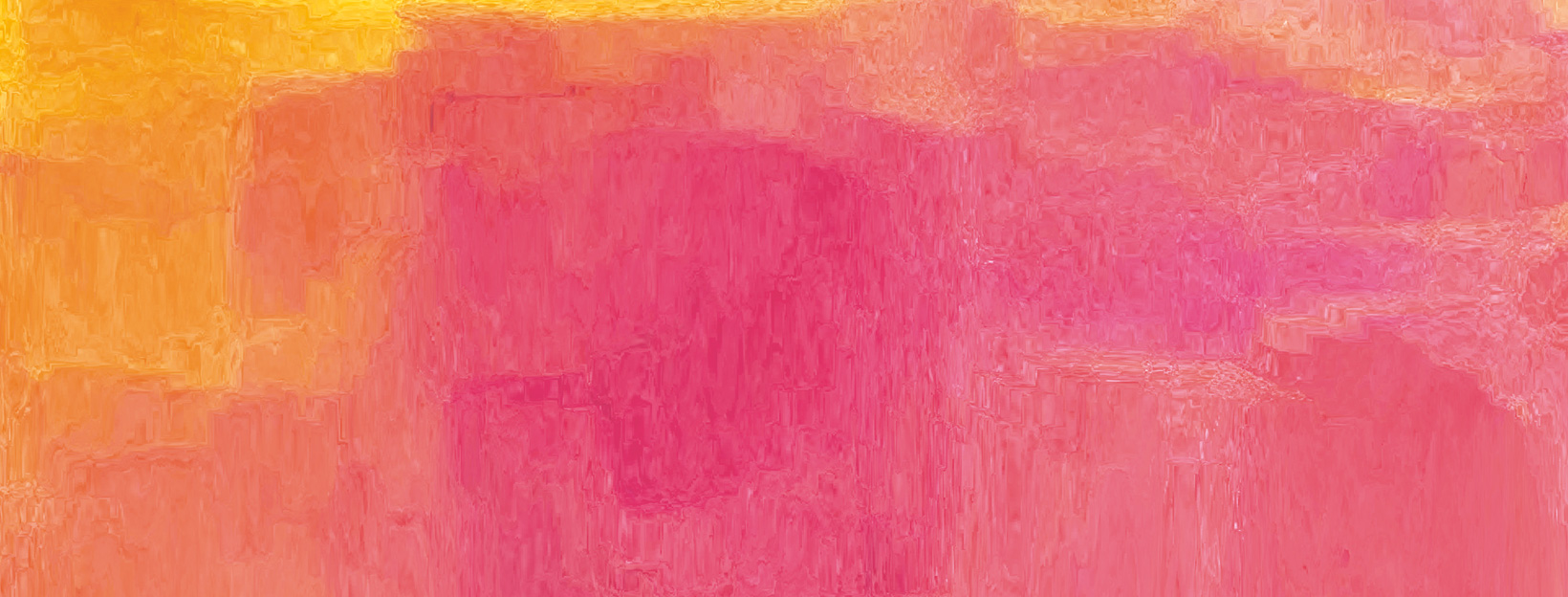When we in Finland talk about local artists, we tend to use labels that refer to their background. These labels depend on whether or not their identity is considered to deviate from the white Finnish norm. Those who are the norm are simply called artists. The ones who don’t are labeled as immigrant artists, international artists, refugee artists, multicultural artists, foreign-born artists, the list goes on.
These labels contribute to professional exclusion in contemporary art, and institutions are perpetuating further division by using these labels. As a response to the lack of diversity and the white Finnish standard which defines it, those who are excluded by and separated from mainstream institutions create separate professional spaces and happenings of their own. Thus using separatism as a survival tool.
Division in accordance with multiculturalism cannot be considered the same as the necessary feminist, POC or trans separatist spaces, as they do not work towards the same goal. These separatist spaces exist as a response to not being granted space, broadly they are used by marginalized people to change cultural politics or to practice self-care. In the Finnish contemporary art scene, both separated and separatist spaces are created due to a lack of choice: certain artists don’t get access to certain spaces and/or institutions that they should belong to.
However, this results in many separate multicultural platforms that are not able to make any practical changes to bigger institutions but are instead contributing to the same division that keeps separatist spaces necessary. Although not ideal, in the current cultural climate the existence of alternative, separated spaces feels particularly essential, tackling hegemony in the art and cultural scene takes time and effort.
As researcher Maïmouna Jagne-Soreau says in her article A New Nationalism, ‘‘Multiculturalism will not take Finland very far’’ because it reinforces the idea of differences rather than similarities and reflects the narrow definition of Finnishness. Jagne-Soreau introduces to Finland a potential solution in post-nationalism: ‘‘Postnationalism means adopting a mindset that encourages the renewing of the nation’s values.’’
In order to succeed in having a genuinely diverse art field and abolish division, we have to start at the very core of institutions. Their hiring policies need revision. Diversity consultants can be called in to help create diversity plans and to teach us how to learn inclusivity and unlearn discrimination.
The Finnish art world needs this post-nationalist approach as much as Finland as a country does. As for labels, I believe that the Finnish art field would find its solution in abandoning divisive language. In showing appreciation for the labor and contributions of so many unseen or uncredited artists to the local art field, and by recognizing each artist as a national artist, a Finnish artist.
Text by Ramina Habibollah
Thanks to Maija Baijukya and Iona Roisin for help editing the text.
Ramina Habibollah is a Finnish artist and feminist living in Espoo.
